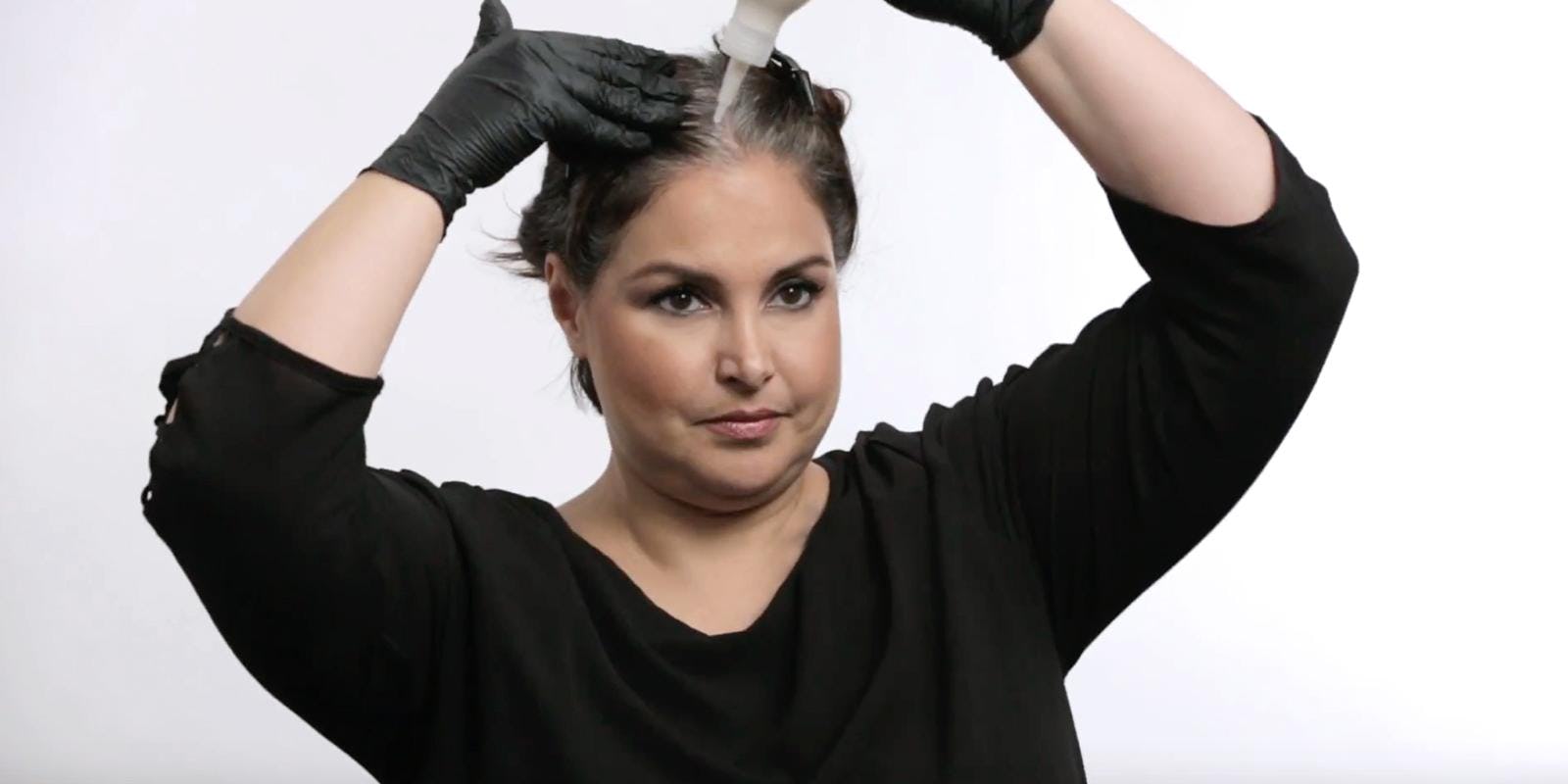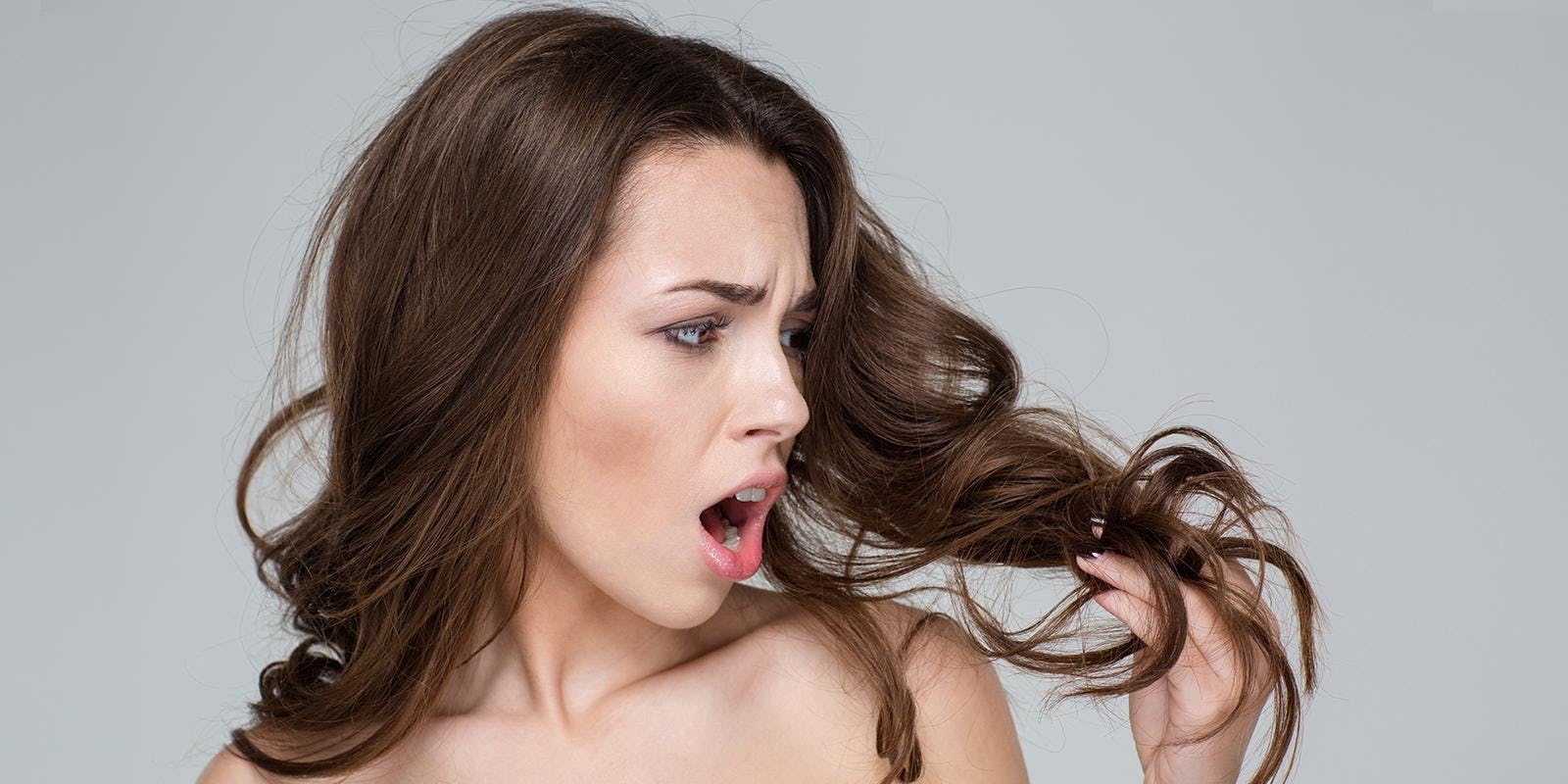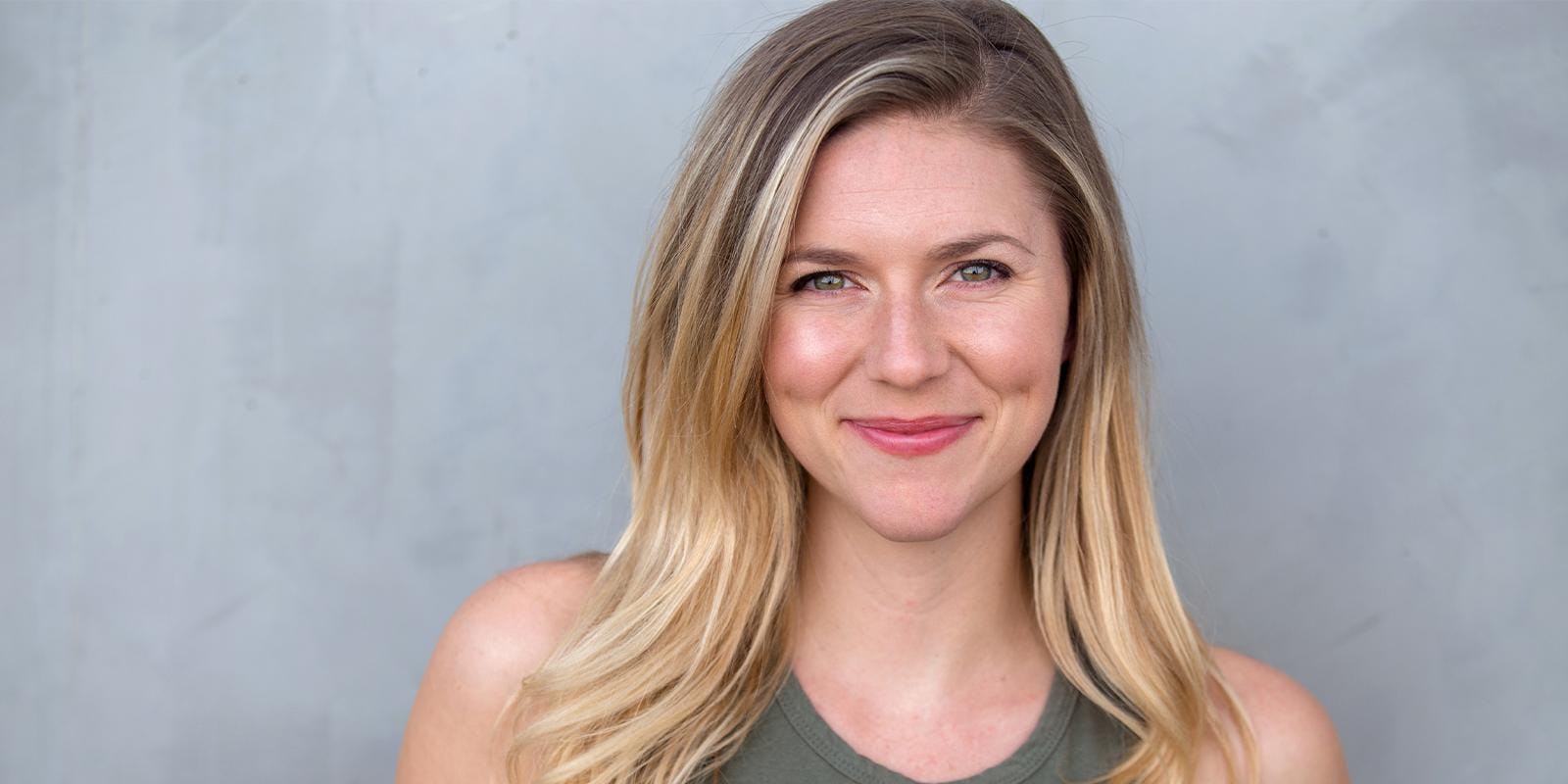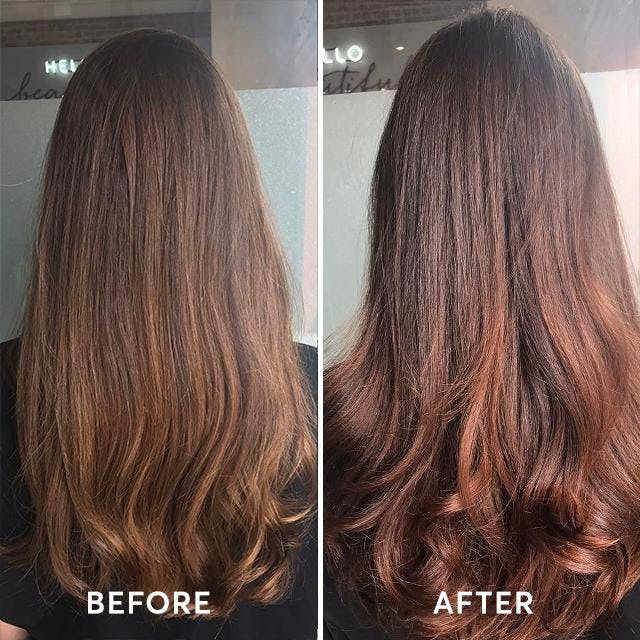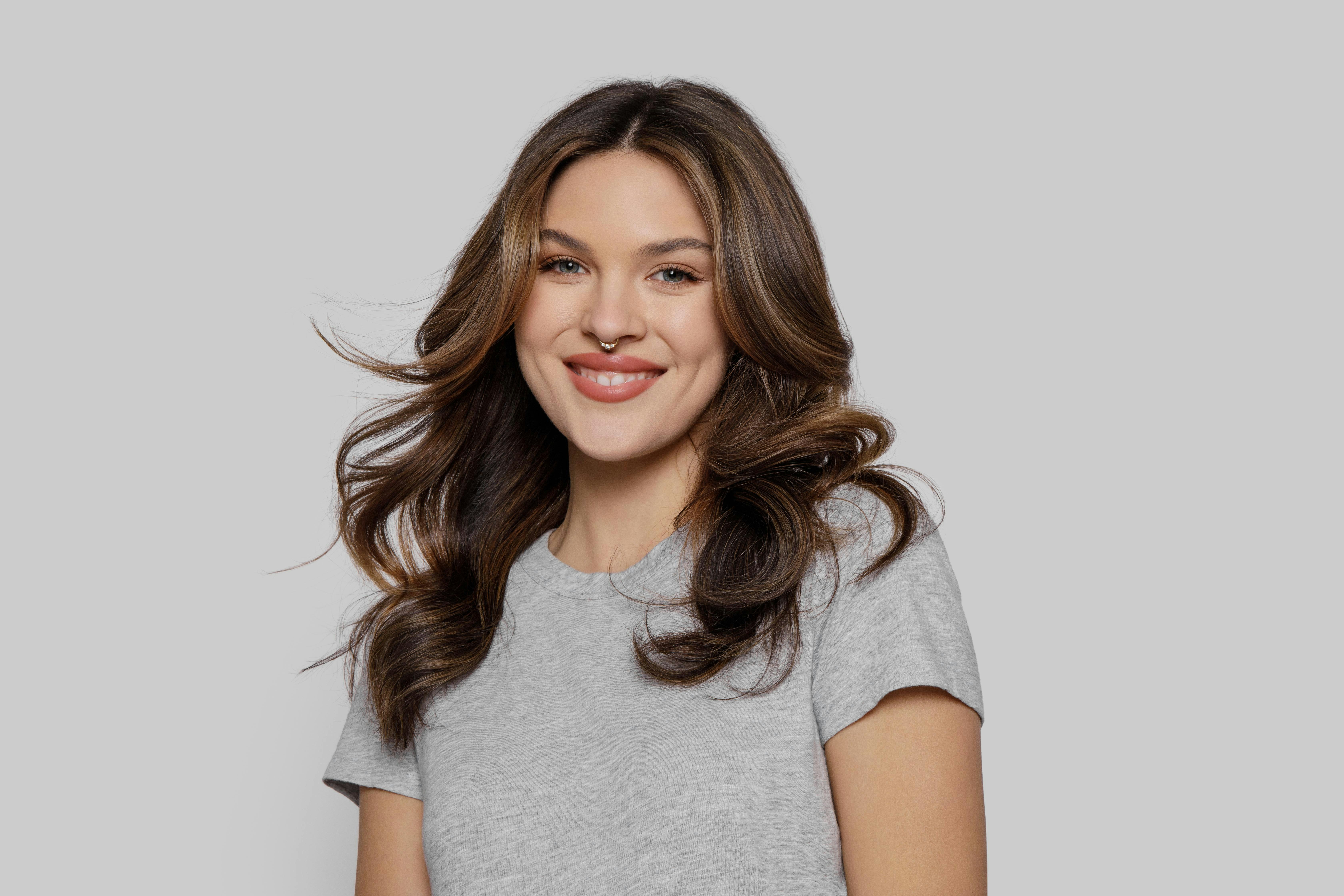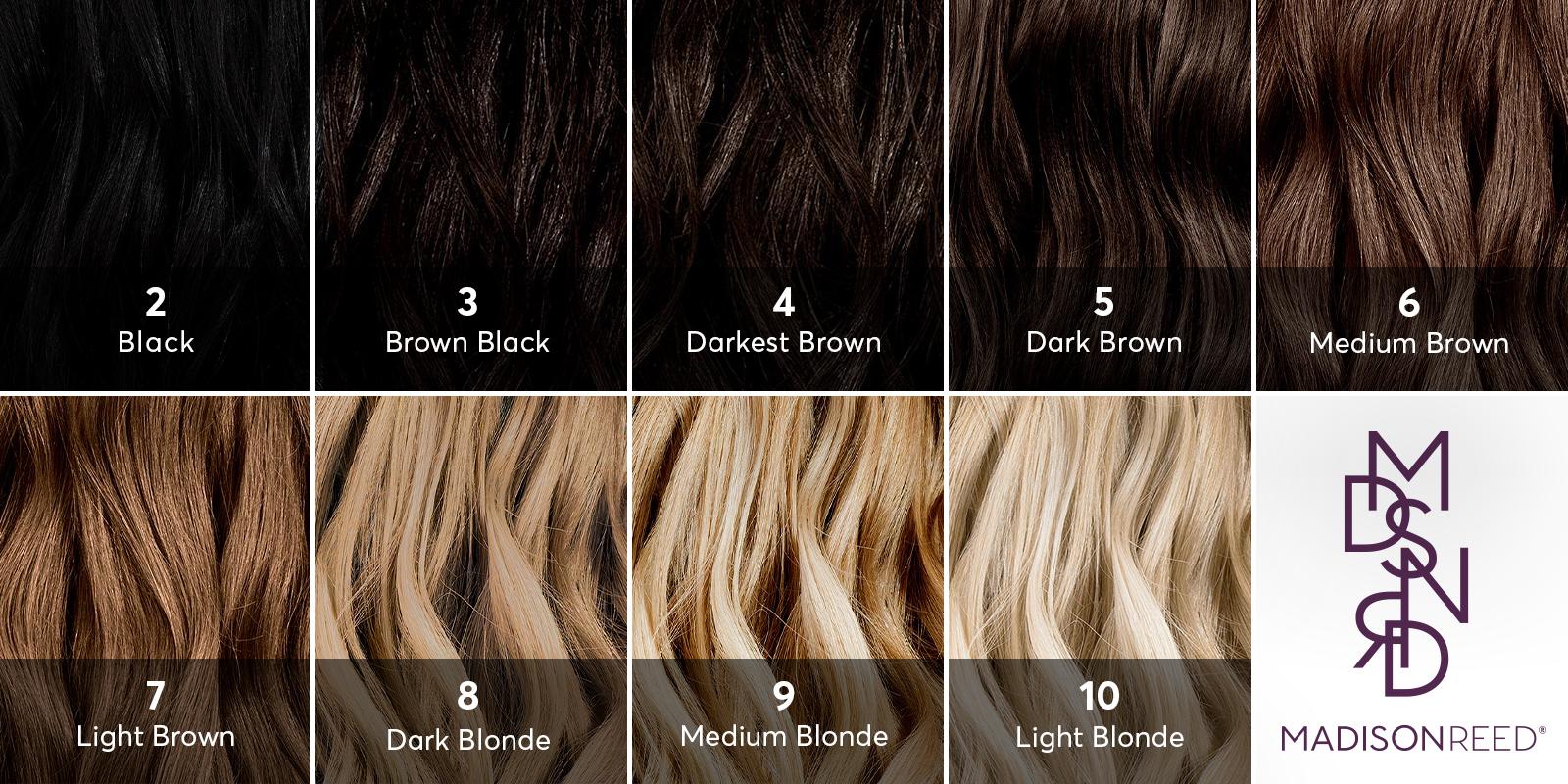How to Go Lighter with Your Hair Color
by Susan Roberts-Cooper July 15, 2015
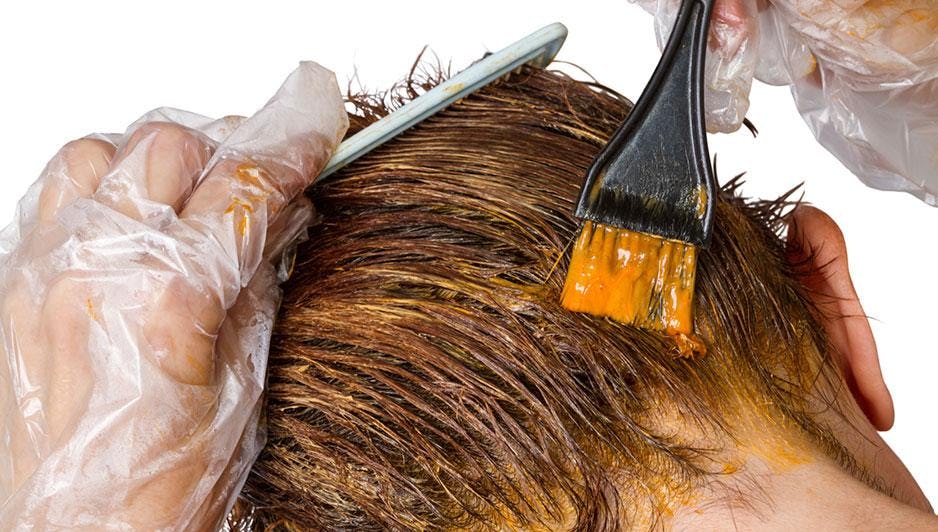
Image by Madison Reed
Lighter Hair
During the warmer months, time spent outside under the sun and in the water tends to naturally lighten hair—and it’s also the time when many women want to use hair color to get that lighter, summery lift.
In order to get a better understanding of the process, and to get the best results when going lighter, it helps to know more about what determines hair color, and what affects it.
When you go to the hardware store to choose a paint color for your kitchen, you make your choice based on the hue, or color of the paint, and the value, or relative lightness or darkness of it. The characteristics of color are similar in the world of hair, where the same aspects make up hair color, which consists of tone and level.
Understanding hair color levels
Hair color levels describe how light or dark hair is. They range from 1, which is darkest black, to 10, which is lightest blonde. They're numbered to make them easier to identify, and to standardize and unify their definition across the industry. The underlying tone is always present.
Understanding tone
Tone is the natural color of hair. It’s determined by melanin, which is the natural pigment that lives in the cortex of the hair shaft, and is viewed through the translucent scales of the cuticle. There are 4 natural hair color pigments:
Black and brown, also called Eumelanin.
Red and Yellow, also called Pheomelanin.
All 4 pigments are present at all hair color levels, in different proportions. Black and brown pigments are responsible for level, and red and yellow pigments are responsible for tone. Everyone’s hair has each pigment in different proportions, no matter what the color or level of their hair is.

Lighter Hair Color: The chemistry
Hair is lightened as melanin is oxidized through a chemical reaction with the oxygen in hydrogen peroxide. The more oxygen, the more oxidation, and the more hair color gets lifted. Also, the more the cuticle of the hair shaft gets opened, and the more potential for damage.
The amount of oxygen depends on the volume of peroxide in the developer, which defines the following standards:
10 Volume: Standard oxidizing strength for 0-1 levels of lift
20 Volume: Common oxidizing strength for 2 levels of lift
30 Volume: Stronger oxidizing strength for 3 levels of lift 30 Volume: Professional oxidizing strength for 3+ levels of lift
Developer stronger than 30 volume exists, but should only be used in a professional setting.
Madison Reed Radiant Color uses a 20 volume developer with nourishing ingredients that open the cuticle and provide conditioning that leaves hair soft and healthy. Harsh ingredients like ammonia an PPD have been removed, and replaced with argan oil, ginseng root, and keratin to hydrate, soften, strengthen, and repair hair.
As hair lightens, melanin is removed in order of the size of the molecule, which ranges from darkest to lightest, and the underlying tones are exposed. Black is the largest and easiest to remove, and yellow is the smallest and most difficult—this means that the color always gets warmer as pigment is removed.
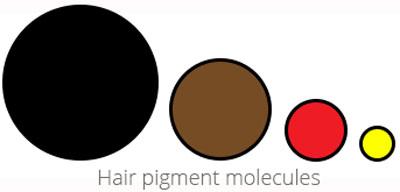
The color result at the end of the process is achieved by adding color back in to the cortex in the formulation that works best with the level of color exposed by the lightening process.
The underlying tone and amount of warmth exposed is different for everyone—that’s why for any level of hair color there’s a range of tones that provides a varying level of coolness or warmth to the base level that’s left.
At Madison Reed, we believe in giving you the power to get great hair with better-for-you choices and expert information. Subscribe and get updates as we publish new articles for beautiful, healthy hair.
